(4205 products available)







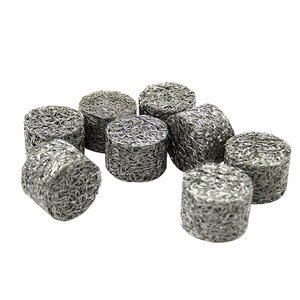
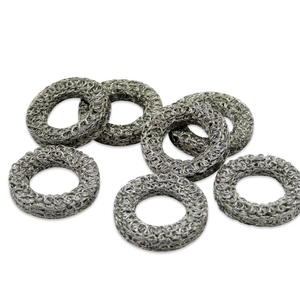











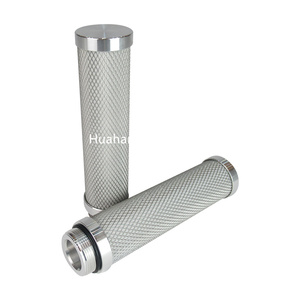






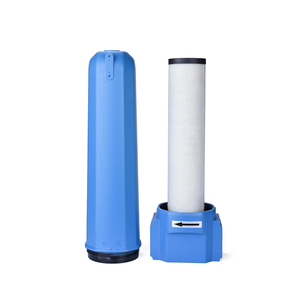





















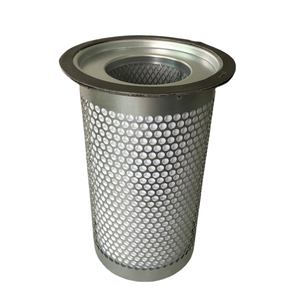














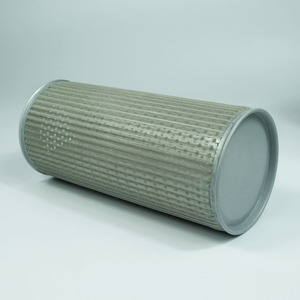

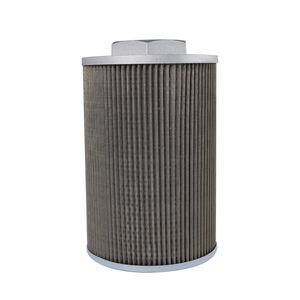



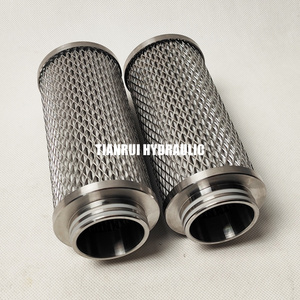

































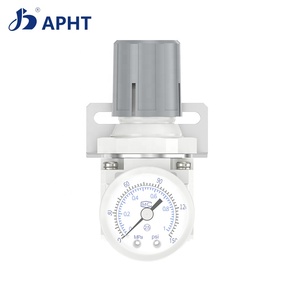

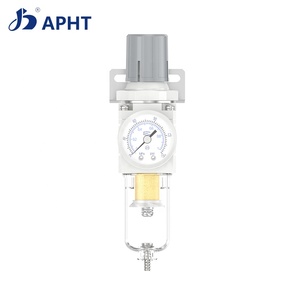





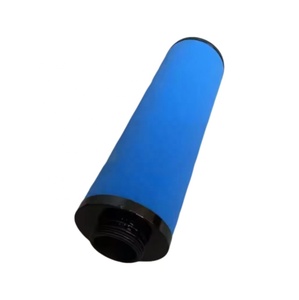




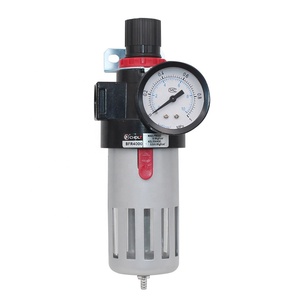


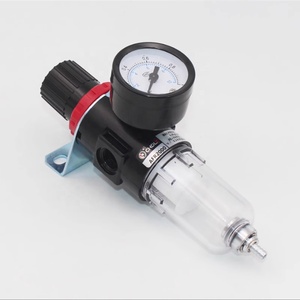

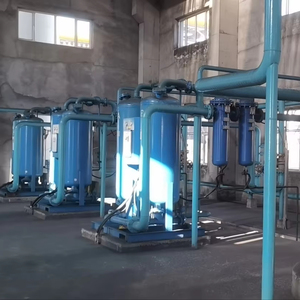



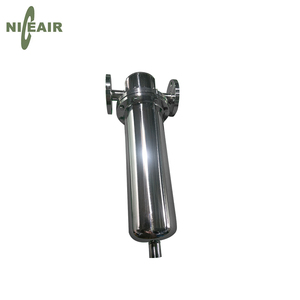
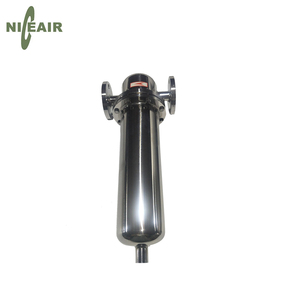
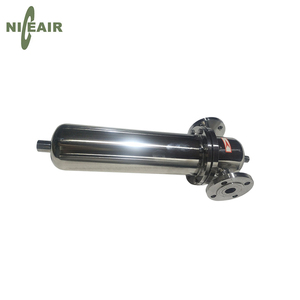
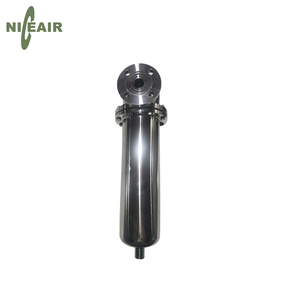








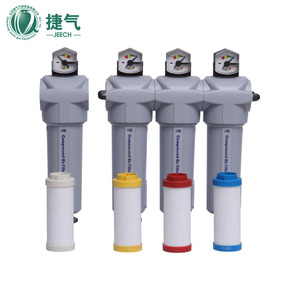







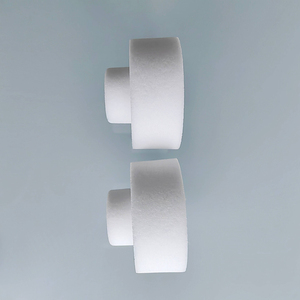






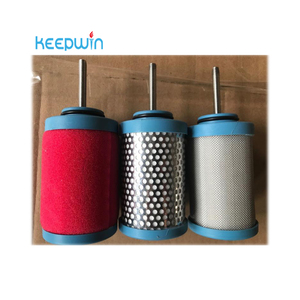























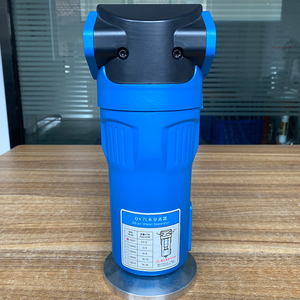
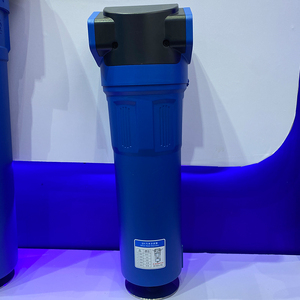


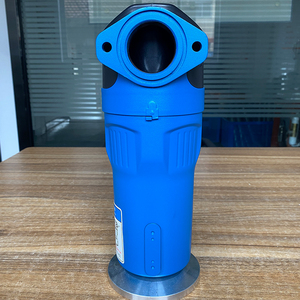



Compressed gas air filters are devices used in air and gas streams to eliminate particulates and chemical contaminants, ensuring the integrity and quality of compressed gases for use in various applications. They come in many forms, each tailored to specific tasks and settings to ensure quality control and reliability of compressed gases.
Particulate filters
Particulate filters are the most basic form of compressed gas air filters. Their primary role is to trap and eliminate particles such as dust, dirt, and rust from the air or gas stream. By doing so, they prevent damage to equipment and ensure the purity of the gas or air being delivered. Typically, these filters use a mesh or paper element to capture these particulates. They are employed at various stages of the compression process to ensure a consistent quality of gas or air. For instance, one might find them in industrial settings where machinery requires clean compressed air or in medical applications where the purity of compressed gases is paramount.
Coalescing filters
While particulate filters focus on solids, coalescing filters target liquids. Their main task is to remove water and liquid hydrocarbons from compressed air or gas. The presence of these liquids can cause corrosion, freeze-up, or even phase changes in the gas, leading to equipment damage and compromised gas quality. Coalescing filters work by combining small droplets into larger ones, which are then expelled from the gas or air stream. They play a crucial role in ensuring that the compressed gas is free from moisture and other liquid contaminants, making them indispensable in environments where the integrity of the gas is critical.
Adsorber filters
Adsorber filters are specialized compressed gas air filters designed to eliminate volatile organic compounds (VOCs) and odor-causing substances from the air or gas stream. These undesired elements can affect the quality and purity of the gas or air, with VOCs potentially introducing contaminants that can interfere with processes or applications. Adsorber filters utilize materials like activated carbon to capture and retain these impurities. By ensuring the removal of VOCs and odors, these filters are vital in settings like pharmaceutical production, food processing, and even in residential applications where clean compressed air or gas is a must.
Oil removal filters
Oil removal filters serve a very important role in ensuring that the compressed air or gas is free from oils. While beneficial in some applications, such as in the case where a lubricant is required during the use of compressed air, oils can contaminate the gas or air stream in others, leading to damage or compromise to equipment and processes. These filters use a combination of mechanical separation, coalescing elements, and adsorptive media to eliminate oils and their constituents from the gas or air stream. By ensuring complete oil removal, these filters protect downstream equipment and processes, maintaining their efficiency and longevity.
Compressed gas air filter specifications vary depending on the application and customer needs. Here are some standard specifications for compressed gas filters:
Filter media
As mentioned earlier, the filter media is used to trap impurities from the gas stream. As such, the selection of filter media should be based on the type of particles being filtered out. Some of the common options include wire mesh, cellulose, and metal mesh.
Micron rating
The micron rating measures the size of particles that the compressed air filters can effectively trap. A lower micron rating indicates that the filter can capture smaller particles, while a higher rating is for larger particles. Depending on the application, the micron rating can range from 0.1 to 100 microns.
Flow rate
The flow rate is the volume of gas that can pass through the filter in a given time. It is measured in standard cubic feet per minute (SCFM) or liters per minute (LPM). The gas filter needs to have a flow rate that meets the system's requirements to avoid pressure drops or flow restrictions.
Pressure drop
The pressure drop is the reduction in pressure as the gas passes through the filter. It should be minimal to ensure the system's efficiency and reliability. High pressure drops can cause equipment damage, increase energy consumption, and result in process interruptions.
Material of construction
Compressed gas air filters are constructed using different materials for durability and resistance to corrosion. Some of the common materials include stainless steel, aluminum, and carbon steel.
Compressed air filters have specific maintenance requirements that should be adhered to in order to increase their lifespan and ensure optimal performance. Here are some of them:
There are several factors to consider when selecting a suitable compressed gas air filter for any given application. They include:
Nature of the gas being compressed
Different types of filters are designed for different types of gases. For instance, air filters are specifically designed to filter out impurities and particles from the compressed air. However, when compressing other gases such as nitrogen or carbon dioxide, specialized filters like nitrogen filters that meet the required purity standards are required.
Quality requirements
Depending on the use of the compressed gas, various levels of quality and purity are required. Sensitive applications such as food and beverage industry applications require high levels of purity and quality standards. Therefore, filters with high-quality ratings should be used to avoid any negative effects on the final product.
Flow rate and pressure drop
the selected filter should have flow rates that match the required application without compromising the compressed gas system's pressure.
Compatibility
the material used to construct the filter must be compatible with the compressed gas. This ensures that there is no reaction between the filter and the gas being compressed, which could lead to contamination or damage to the filter.
Maintenance requirements
filters with easy-to-replace elements and components should be considered. In addition, the filters should have indicators that signal when the elements need to be changed.
Cost
the initial purchase cost of the filters and the long-term operational costs such as energy consumption and maintenance requirements should be considered.
Replacing compressed air filters is a simple task that can be done in a few steps. Many manufacturers provide manuals that guide users on how to replace the filters. Here is a step-by-step guide on how to replace compressed gas air filters.
Turn off the air supply
Before replacing the air filter, turn off the air supply to avoid releasing pressurized air that can cause injuries or damage to the equipment.
Release the pressure
After turning off the air supply, ensure that the pressure is released from the downstream system. Use the appropriate pressure gauges and release valves to ensure the pressure is zero before starting the replacement.
Unscrew the old filter
Using the manufacturer's manuals, locate the old filters and unscrew them. Use the appropriate tools to avoid damaging the filters or other components.
Install the new filter
Compressed gas air filters for new installations come with manuals that guide users through the installation process. Ensure that the filter is oriented in the correct direction, following the airflow direction indicated by the arrows on the filter.
Reconnect the air supply
After completing the installation, reconnect the air supply system. Ensure all connections are secure and there are no leaks in the system before turning on the air supply.
Turn on the air supply
Once the new filters are installed and all connections are secure, turn on the air supply. Check the pressure gauges to ensure the system is pressurized to the desired level.
Q1: What are compressed gas air filters used for?
A1: Compressed gas air filters are used to clean and purify air and other gases in compressed states. They remove particles, water, and other contaminants to ensure that the gas being compressed is clean and meets quality standards.
Q2: Why is it important to have clean compressed air?
A2: Clean compressed air is crucial because it ensures the safety and quality of products and processes in industries. Contaminated compressed air can lead to equipment damage, product contamination, and increased costs due to rejects or rework.
Q3: How do compressed air filters work?
A3: Compressed air filters work by forcing the compressed air to pass through a filter element. This element traps particles, dust, and other contaminants, ensuring that the air exiting the filter is clean and free from impurities.
Q4: What is the significance of a high-efficiency particulate air filter (HEPA) in air filtration?
A4: A high-efficiency particulate air filter (HEPA) is significant because it can remove 99.97% of particles 0.3 micrometers in the air. This makes it a crucial component in applications requiring high air purity, such as pharmaceuticals and electronics.
Q5: What are the maintenance requirements for compressed air filters?
A5: Maintenance requirements for compressed air filters include regular inspections, timely replacement of filter elements, and ensuring no damage to the filter housing. This ensures optimal performance and longevity of the filters.